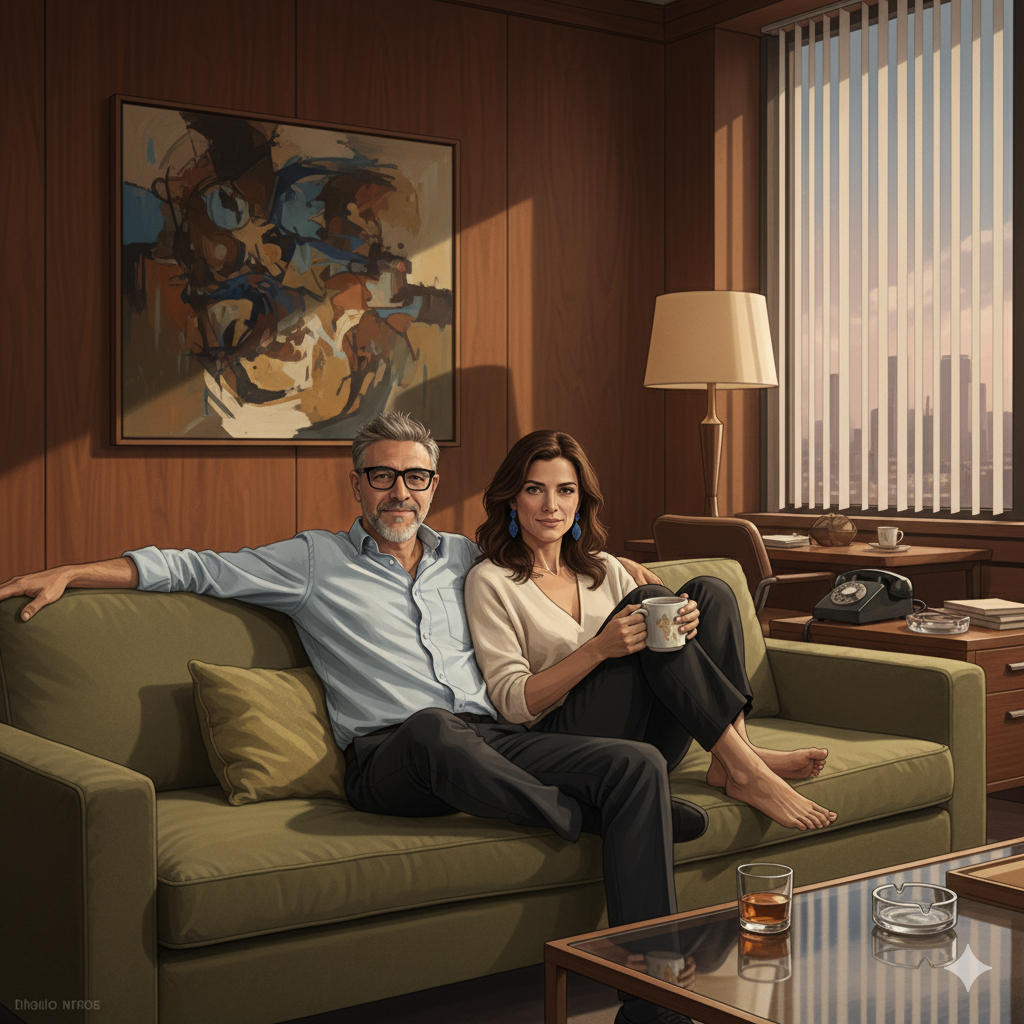A few weeks ago, out of sheer boredom one rainy afternoon, I decided to play pretend buyer. Not for any grand research project—just curiosity, the kind that strikes when you’re scrolling through listings and wondering how the sausage gets made. I landed on a glossy luxury real estate site for a Miami high-rise, the sort that boasts about its Robb Report mentions and treats a downloadable floorplan as cutting-edge tech. The homepage hit me with a $30 million penthouse rendering, all sunset glow and infinity edges, followed immediately by a lead capture form. To glimpse a single unit, I had to cough up an email. Then a phone number. Then verify both through some labyrinthine dance.
Five minutes later, armed with a burner Gmail and a fake mobile number from an app, I was “in.” What awaited? Two pixelated static images, a looping lifestyle video intoning about “elevated living,” and… that’s it. No interactive unit explorer. No price tiers. No real-time availability. No sense of the actual product beyond vaporware vibes. Before I could even close the tab, the onslaught began: emails promising “exclusive updates,” calls from numbers I didn’t recognize, automated texts nagging for a “quick chat.” It was like feeding a ghost into a machine designed to churn out sales illusions. That’s not marketing; that’s mistaking motion for progress, pretending the funnel is clogged when the real issue is what’s inside it.
The luxury real estate world has a funnel fetish. Developers and brokers obsess over stuffing spreadsheets with leads—blitzing Instagram ads, hiring influencers to lounge in model units they don’t own, firing off press releases like confetti. They pour resources into the top, marveling at the volume, then scratch their heads when drips don’t turn into a torrent at the bottom. But volume isn’t the villain here. It’s the wrong kind of volume. Gating your product behind forms doesn’t generate intent; it manufactures friction. You’re not capturing qualified prospects; you’re trapping the idly curious, the window-shoppers who bounce the second the novelty fades. Then your sales team burns cycles “nurturing” phantoms, dialing dead ends instead of engaging the buyers who matter—the ones with quiet conviction, browsing on their own terms, unhurried and unpestered.
No one in luxury wants to be herded through a sales script anymore. They want to explore, to own the discovery, to decide without the invisible hand of a CRM prodding them forward. Yet most developers are doing the opposite, building walls where bridges should be. It’s as if they’ve forgotten that trust isn’t built in boardrooms or blast emails; it’s earned in the open, pixel by pixel.
This is the Brand 1.0 trap, and it’s everywhere. Brand 1.0 is the old guard’s playbook: illusion over substance. Dangle the sexiest render—the marble-veined kitchen island, the unobstructed ocean vista—and guard the rest like state secrets. “Schedule a call for details,” it whispers, as if scarcity alone sparks desire. But here’s the cruel irony: the harder you hide, the faster trust evaporates. In an era where buyers can X-ray a company’s supply chain with a few clicks or dissect a product’s provenance via blockchain, opacity feels not exclusive, but evasive. Especially in luxury real estate, where the stakes are seven figures and the timeline is now. Serious buyers aren’t dazzled by mystery; they’re drained by it. They crave clarity—virtual walkthroughs of the exact layout, unfiltered views from the 42nd floor at midday, pricing that doesn’t require a nondisclosure agreement. Deny them that, and they ghost you for the next listing, no hard feelings.
Brand 2.0 flips the script. It doesn’t need a funnel because it dissolves the need for one. The pioneers are starting to emerge: developers who treat their websites not as lead mills, but as digital buildings. They lay it all bare—immersive 360 tours of every unit, live availability calendars, tiered pricing with no smoke and mirrors. Take Suitesflow‘s approach; their virtual tour page lets you wander corner suites as if you’re there, toggling finishes and sunlight angles without a single form field in sight. It’s not a brochure; it’s access. And when you pair that with transparent availability grids showing what’s truly open—down to the view orientations and deposit timelines—buyers don’t need coaxing. They self-select, arriving at your door (or inbox) pre-vetted, questions answered, excitement peaked. The magic? You didn’t push. You simply showed up as the grown-up in the room.
This isn’t some radical reinvention; it’s borrowing a page from the rest of luxury, where transparency has quietly become the ultimate status symbol. You can hop online and configure a Porsche 911 down to the leather stitching and wheel offsets, watching the price tick in real time as your dream car assembles itself. Or spin through a 360-degree tour of a $5,000-a-night suite at an NH Collection hotel, panning across the rooftop infinity pool and rainfall shower without ever leaving your couch. Even fashion, long a bastion of enigma, is leaning in: brands like Gucci now map their supply chains publicly, turning traceability into a trust badge that whispers, “We have nothing to hide“. Why? Because today’s affluent buyer—savvy from endless options, scarred by hype—demands proof over promises. In real estate, that means ditching the 2008-era forms for experiences that let them touch the terrazzo floors virtually, measure sightlines, and envision their library in the den. Hide it, and you lose them to the developer who doesn’t.
If you’re still framing your role as “selling units,” you’re fighting yesterday’s war. You’re not peddling square footage; you’re vending trust at scale. And trust accrues not from voicemails or velvet ropes, but from radical openness—the kind that says, “Here’s the building, warts and wonders included. Take a look.” Once buyers peer inside unencumbered, the dance simplifies: yes or no, no maybes clogging the pipeline. That’s efficiency, the real kind.
The deadliest leads, though, are the ones you mistake for live ones. Every fabricated ghost you chase—every bounced email, every hung-up call—isn’t just lost time; it’s a brand tax, a quiet indictment of your own insecurities. It screams that you don’t quite believe in the product enough to unleash it. So you double down on ads, on volume hacks, on blaming “soft markets” or “tire-kickers.” But the question lingers, sharp as a closing clause: If your tower is so transcendent, why the fear of full disclosure?
The endgame isn’t more sales headsets or CRM dashboards blinking red. It’s systems that empower buyers to tour, select, and commit on their rhythm—escalating to a human only when the ink’s metaphorically dry. Sales floors morph into welcome centers; brokers evolve into seamless concierges, perhaps AI-augmented for that final polish. The victors won’t be the loudest or the tallest, but the least obstructive—the ones who remember that true luxury isn’t shrouded in scarcity. It’s handed over freely, like a key fob on arrival.
In the end, access isn’t a concession. It’s the close.



